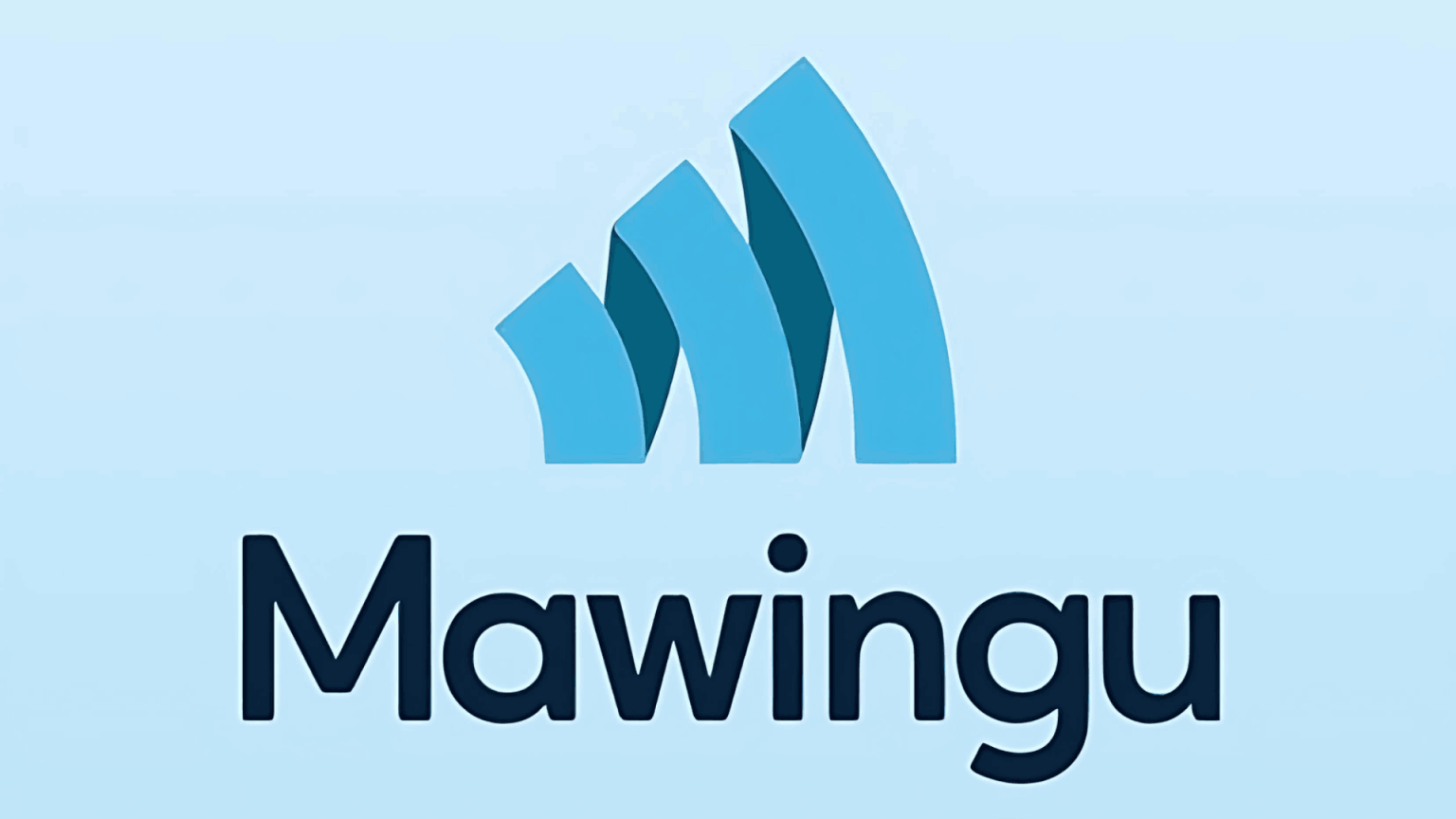- Mawingu delivers solar‑powered internet to 48,000+ users across 28 counties in Kenya.
- It raised $15M in late 2024 to expand coverage and acquire Tanzanian ISP Habari.
What they offer: rural internet built on solar, not excuses
In a country where most major telcos serve highways before households, Mawingu Networks Ltd is taking a different road—literally. Using solar-powered transmission sites and fixed wireless links, Mawingu delivers unlimited internet to places where traditional fiber or mobile signal barely reaches. Its customers range from schools in Laikipia to roadside shops in Siaya, and it now serves 48,700+ users across 28 Kenyan counties. The company’s product suite is straightforward: MAX for homes, BIZ for businesses, and ORG for institutions. Each package comes with clear pricing, basic customer support, and in many areas, optional public IPs and firewall management.
Mawingu is not the flashiest provider, but it shows up. Its technicians travel with solar rigs, its towers pop up in towns like Mbale and Nanyuki, and it keeps building where others stopped. That matters in a region where being online is increasingly tied to healthcare access, school performance, and job creation.
Also read: T-Mobile and Starlink begin large-scale satellite connectivity testing
Also read: Telstra partners with Starlink to enhance remote connectivity
Why it matters: real investment, real reach
In December 2024, Mawingu raised $15 million in new equity funding, led by InfraCo Africa and FMO, both development finance institutions focused on frontier markets. The funds were used to upgrade core infrastructure and acquire Tanzanian ISP Habari, signaling its intent to scale regionally beyond Kenya. This wasn’t a pivot to scale for press release value—it was strategic, aimed at tightening operations, improving latency, and leveraging local staff in underserved zones.
What makes Mawingu different is its blend of community involvement and technical ownership. It recruits and trains last-mile agents, works with women’s groups for onboarding new users, and maintains its own wireless footprint with minimal outsourcing. In the rural internet space, “reliability” rarel

